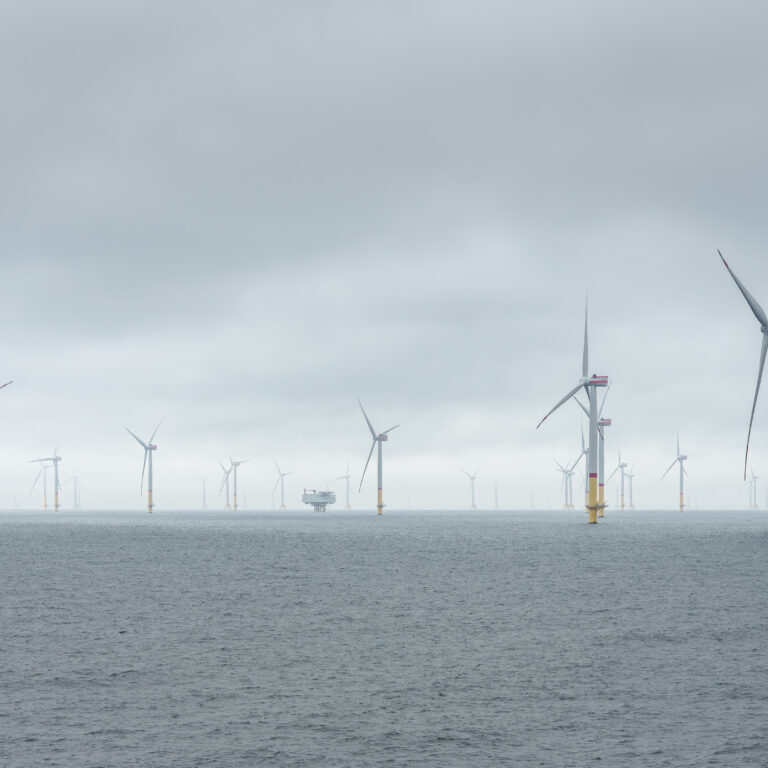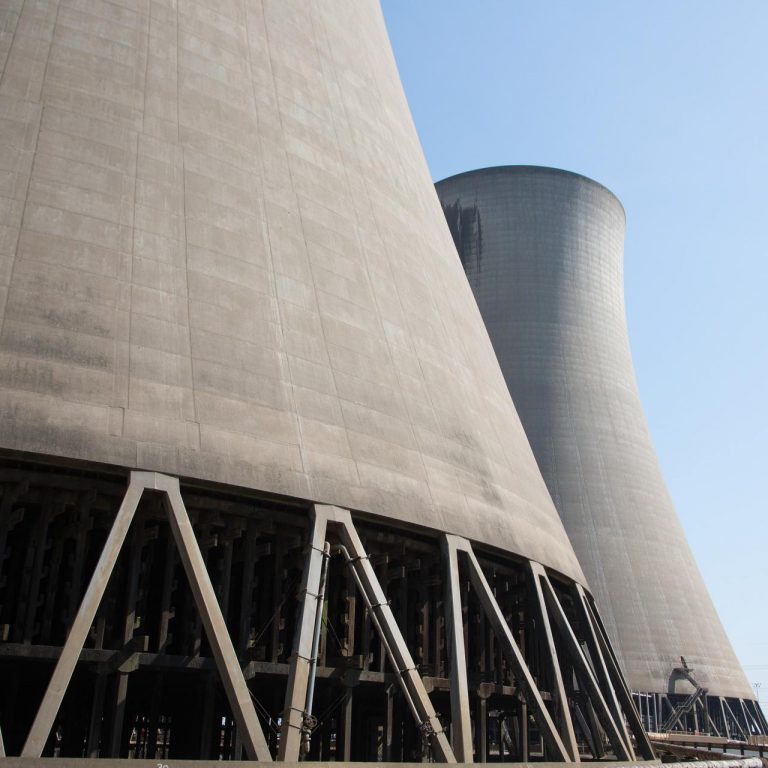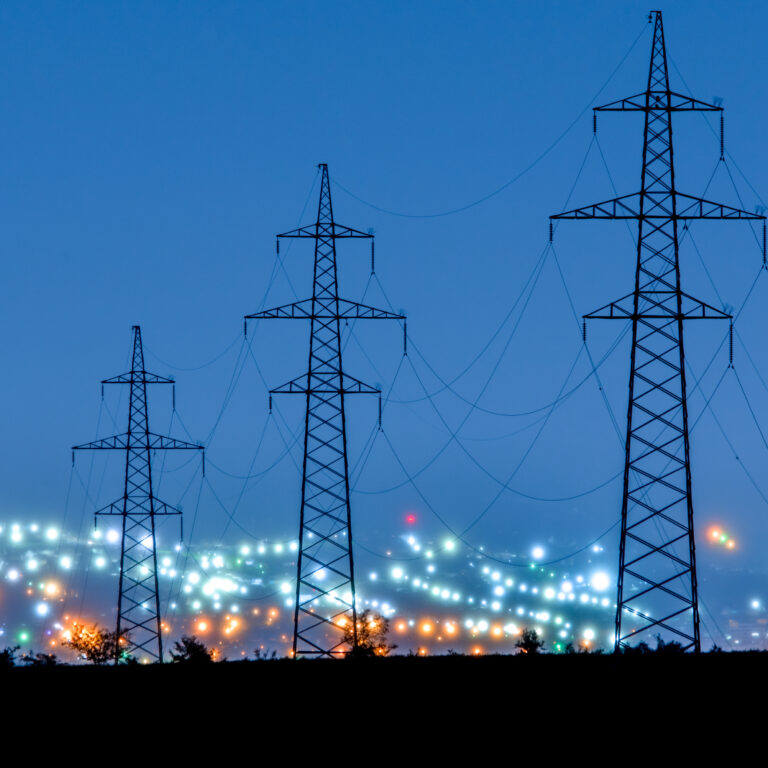Electric vehicles (EVs) are often seen as a key driver towards a greener future. Indeed, transport accounts for roughly a quarter of the UK’s greenhouse gas emissions and seriously affects air quality in major cities.
To tackle pollution problems, governments around the world are implementing ambitious policies to promote the electrification of transport and phase out ICE (internal combustion engine) vehicles. The UK and France both plan to ban the sale of petrol- and diesel-only cars by 2040 while India is setting an even more ambitious end date of 2030.
Added to this are EVs’ growing popularity with drivers. There are now almost 110,000 electric cars and vans on UK roads spurred on by lowering battery costs and a growing range of models. Including plug-in hybrid vehicles, EVs now account for 2% of new registrations.
Switching to EVs is an obvious way to massively cut pollution in areas of dense traffic. But the question remains – how clean are EVs on the broader scale, when you look at the electricity used to charge them?
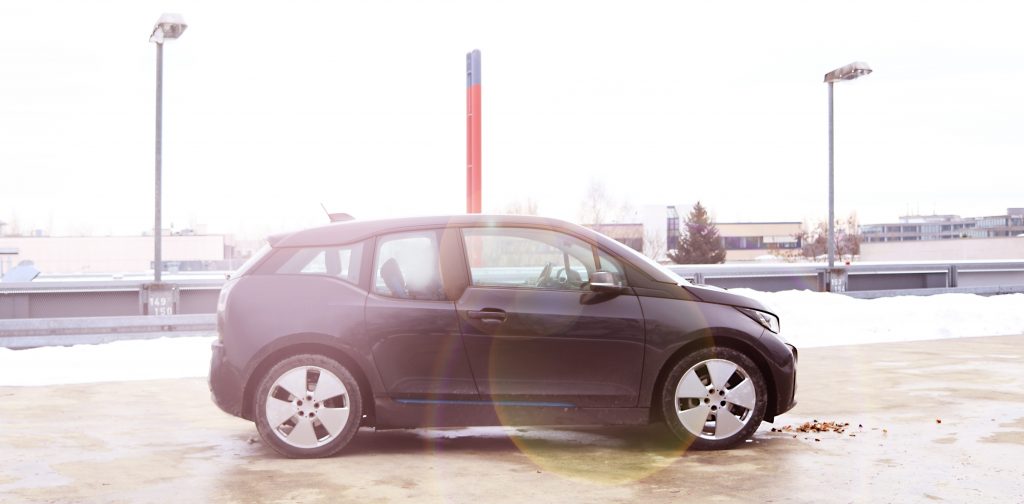
Electric vehicles are getting cleaner
EVs don’t give off the same exhaust emissions as engines, but the power in their batteries has to come from somewhere. Follow the flow back from the car, through the charging point, all the way back to the power station and it’s likely some of that electricity is coming from fossil fuels. And that means emissions.
“They weren’t as green as you might think up until quite recently,” says Dr Iain Staffell, a researcher at Imperial College London and author of Electric Insights – a study commissioned by Drax that analyses electricity generation data in Britain. “Now, thanks to the rapid decarbonisation of electricity generation in the UK, EVs are delivering much better results,” he continues.
In fact, year-round average emissions from EVs have fallen by half in the last four years thanks to greener electricity generation. Today, they are twice as efficient as conventional cars.
Take the Tesla Model S. In the winter of 2012, producing the electricity for a full charge created 124g of carbon emissions per km driven, roughly the same as a 2L Range Rover Evoque. Now the carbon intensity of charging a Tesla has nearly halved to 74g/km in winter and 41 g/km in summer, as the UK continues to break its own renewable energy records. For smaller EVs, the results are even better. The Nissan Leaf and BMW i3 can now be charged for less than half the CO2 of even the cleanest non-plug-in EV, the Toyota Prius Hybrid.
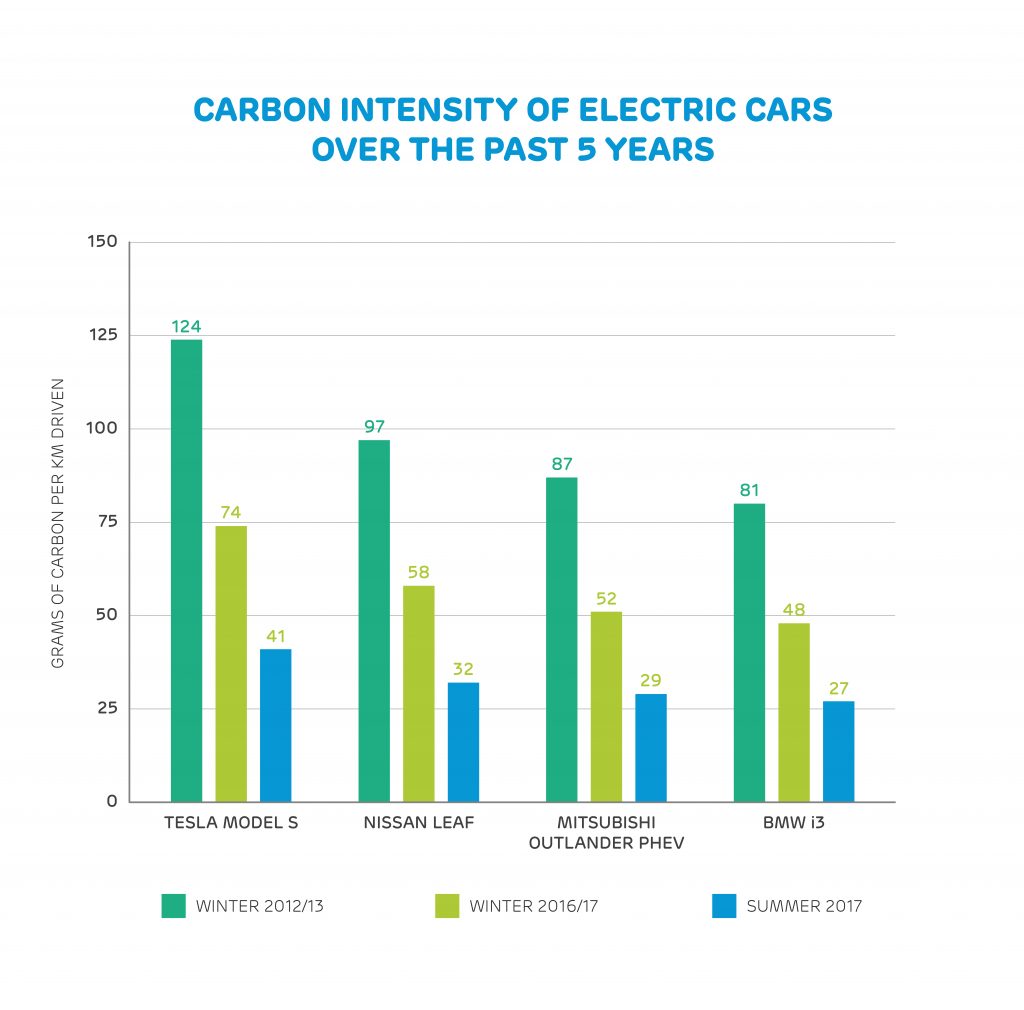
So, the current outlook for EVs is hugely positive – but as their numbers continue to increase, will the demand they add to the grid put their clean credentials at risk?
Will EVs accelerate electricity demand?
The National Grid suggests there could be as many as nine million EVs on UK roads by 2030, which could lead to an additional 4-10 GW of demand on the system at peak times. This, in some cases, could lead to a rise in emissions.
Electricity demand in Britain typically peaks between 6pm and 10pm, when people arrive home and switch on lights and appliances. If you were to charge your EV between those evening hours, the emissions would be 8% higher than reported in the chart above. If you charged between midnight and 6am, they would be 10% lower.
Today, this demand is met by the existing mix of power stations (which last quarter included more than 50% renewable and low-carbon sources). But when there are sudden spikes in demand above this typical usage, the National Grid must call in the help of carbon-intensive reserve generators, such as coal-powered stations. Polluting diesel generators are also on standby around the UK, ready to turn on and feed into regional distribution grids at a moment’s notice.
To meet the challenge of peak-time EV charging, less carbon intensive power generation, storage and smart power management systems are needed. These include rapid response gas power stations such as the four Drax OCGTs planned to come online in the early 2020s, as well as grid-scale batteries, home-based batteries and demand-side response schemes. As the share of intermittent renewable capacity on the grid increases, more back-up power needs to be available for when the wind doesn’t blow and the sun doesn’t shine.
Keeping our future fuels clean
A future increasingly relying on back-up generators is far from inevitable, especially if the use of smart technology and smart meters increases. By analysing electricity costs and country-wide demand, smart meters have the potential to ensure EVs only charge outside peak times (unless absolutely necessary), when electricity is more likely to come from renewable or low-carbon and cheaper sources.
If the grid continues to decarbonise through advances in renewable technologies and lower-cost coal-to-biomass conversions, the potential of EVs’ electricity coming with associated emissions is diminished even further.
There is no doubt that EVs will make up a significant part in the future of our mobility. That they will also play a part in the future of cleaning up that mobility is as good as assured, but on this journey, it’s imperative we keep our eyes on the road.
Commissioned by Drax, Electric Insights is produced independently by a team of academics from Imperial College London, led by Dr Iain Staffell and facilitated by the College’s consultancy company – Imperial Consultants.












